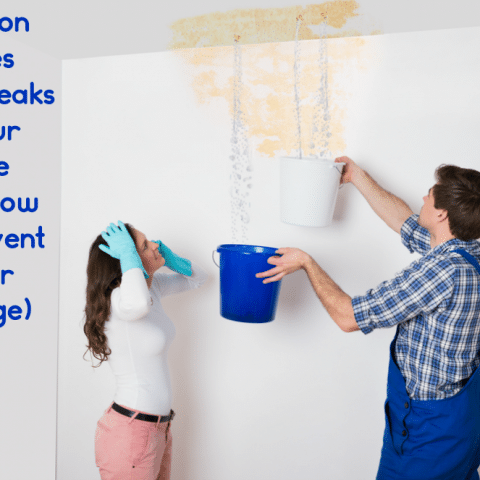Exactly how to Discover and also Repair Work Water Leaks-- A Comprehensive Guide
Exactly how to Discover and also Repair Work Water Leaks-- A Comprehensive Guide
Blog Article
Are you in search of advise about Finding hidden leaks?
.jpg)
Early discovery of leaking water lines can reduce a prospective calamity. Aside from saving you money, it will decrease the aggravation as well as disappointment. The moment you locate a leak, calling your plumber for repair work is the very best remedy. Nonetheless, some tiny water leaks may not be visible. Below are some hacks that help if you can not discover it with your nude eyes.
1. Check Out the Water Meter
Every house has a water meter. Inspecting it is a surefire manner in which assists you discover leaks. For beginners, shut off all the water resources. Make certain no one will purge, make use of the tap, shower, run the cleaning maker or dishwasher. From there, most likely to the meter and watch if it will transform. Because no person is using it, there should be no motions. That shows a fast-moving leak if it relocates. If you discover no adjustments, wait an hour or 2 as well as inspect back once more. This means you might have a slow-moving leakage that might even be underground.
2. Inspect Water Consumption
If you find unexpected adjustments, in spite of your usage being the very same, it implies that you have leaks in your plumbing system. An unexpected spike in your expense suggests a fast-moving leakage.
A steady increase every month, even with the exact same behaviors, reveals you have a slow leakage that's also gradually escalating. Call a plumber to extensively inspect your residential or commercial property, particularly if you feel a warm area on your flooring with piping below.
3. Do a Food Coloring Examination
30% comes from commodes when it comes to water consumption. Test to see if they are running properly. Decline flecks of food color in the container and wait 10 mins. There's a leak between the tank as well as bowl if the shade somehow infiltrates your bowl throughout that time without flushing.
4. Asses Exterior Lines
Don't fail to remember to inspect your outside water lines too. Must water seep out of the connection, you have a loose rubber gasket. One tiny leak can lose heaps of water and surge your water expense.
5. Assess the circumstance as well as examine
House owners should make it a practice to examine under the sink counters and even inside closets for any bad odor or mold and mildew growth. These two red flags show a leakage so timely focus is required. Doing routine assessments, even bi-annually, can save you from a major trouble.
Inspect for stainings as well as compromising as most pipelines and also home appliances have a life span. If you presume dripping water lines in your plumbing system, don't wait for it to intensify.
Early detection of dripping water lines can alleviate a prospective catastrophe. Some small water leakages might not be visible. Checking it is a surefire method that helps you find leakages. One little leak can waste lots of water and also surge your water bill.
If you suspect dripping water lines in your plumbing system, do not wait for it to rise.
WARNING SIGNS OF WATER LEAKAGE BEHIND THE WALL
PERSISTENT MUSTY ODORS
As water slowly drips from a leaky pipe inside the wall, flooring and sheetrock stay damp and develop an odor similar to wet cardboard. It generates a musty smell that can help you find hidden leaks.
MOLD IN UNUSUAL AREAS
Mold usually grows in wet areas like kitchens, baths and laundry rooms. If you spot the stuff on walls or baseboards in other rooms of the house, it’s a good indicator of undetected water leaks.
STAINS THAT GROW
When mold thrives around a leaky pipe, it sometimes takes hold on the inside surface of the affected wall. A growing stain on otherwise clean sheetrock is often your sign of a hidden plumbing problem.
PEELING OR BUBBLING WALLPAPER / PAINT
This clue is easy to miss in rooms that don’t get much use. When you see wallpaper separating along seams or paint bubbling or flaking off the wall, blame sheetrock that stays wet because of an undetected leak.
BUCKLED CEILINGS AND STAINED FLOORS
If ceilings or floors in bathrooms, kitchens or laundry areas develop structural problems, don’t rule out constant damp inside the walls. Wet sheetrock can affect adjacent framing, flooring and ceilings.
https://www.servicemasterbyzaba.com/blog/how-to-detect-water-leakage-in-walls/

As a passionate reader about Leaking water lines, I imagined sharing that short article was a good thing. I beg you take the opportunity to promote this post if you enjoyed it. I praise you for your time. Don't forget to come visit our website back soon.
Report this page